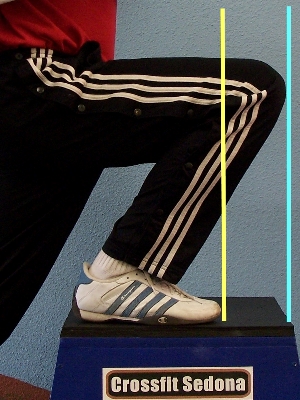<div>
(scientific muscle @ May 22 2007,23:11)</div><div id="QUOTEHEAD">QUOTE</div><div id="QUOTE">thats true...higher bar=more knee flexion, lower bar=more hip flexion as Mikeynov pointed out. More knee flexion=coming up on toes....which is exactly why olympic lifters wear a raised heel shoe.
Powerlifters typically use a wide stance, low bar placement and push out against the heels.
For bodybuilding purposes high-bar, medium stance olympic squats hit the quadriceps alot more than PL squats.</div>
I know you're talking about how some oly lifters come up onto their toes when cleaning a weight, but the real reason they wear shoes is the more upright stance in general and how this relates to the mechanics of the oly lifts.
As an aside, contrary to westside4life wisdom, some people actually find it EASIER to 'push through the heels' with elevated heels. It's easier to tell, imho, if your weight is balanced properly when using heels, the difference in height between the front and rear of the shoes seems to give you a bit more proprioceptive feedback about how you are distributing your weight.
Whether flat shoes or oly shoes, your weight at the bottom of a squat should NOT be shifting towards the front of your feet.

